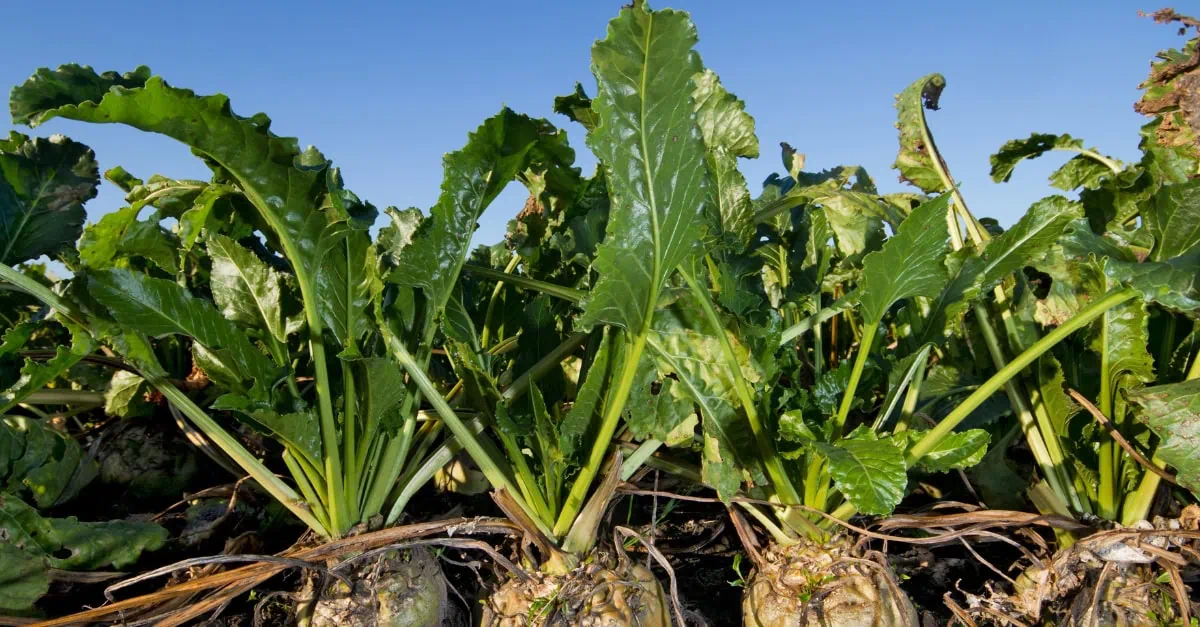European sugar markets experienced a sharp correction this week, with prices falling approximately €25 per tonne across the EU beet belt as exceptionally positive harvest conditions. The sudden decline marks a return to price levels seen last year, though this time without Ukrainian import pressures as the primary driver.
Perfect harvest conditions fuel oversupply concerns
Weather conditions across Europe’s sugar beet growing regions continue to be described as near perfect for harvesting operations. Early campaign results are exceeding expectations, with Dutch processor Royal Cosun reporting yields of 15.1 tonnes of sugar per hectare, translating to over 90 tonnes of beet per hectare.
Quality metrics are equally impressive, with sucrose content reaching 17.6% in the Netherlands and 17° in France’s Crystal Union operations. These high sugar concentrations, combined with low tare weights of 5.6% due to dry ground conditions, are contributing to robust production forecasts across the region.
The French agriculture ministry expects average yields of 80 tonnes per hectare, compared to the five-year average of 77 tonnes. German sugar organisation WVZ estimates this season’s production at 4.4 million tonnes, with yields forecast at 82.6 tonnes per hectare against a five-year average of 78.3 tonnes.
Market dynamics shift without external pressures
The recent price decline appears to reflect market fundamentals rather than external trade disruptions. Unlike last year’s pricing environment, Ukrainian imports are not currently influencing European markets, making the correction particularly notable for its domestic origins.
Currency movements are playing an increasingly significant role in price determination, with the EUR/USD rate briefly breaking 1.19 last week. This depreciation is affecting not only sugar pricing but also freight costs, which are typically denominated in US dollars.
World market price declines are creating additional downward pressure on EU sugar prices, particularly as markets anticipate a large projected surplus for next year. Italian markets have also weakened, with prices falling approximately €20 per tonne.
Industry responses vary to oversupply conditions
Despite market oversupply, Dutch cooperative Royal Cosun announced an increase in minimum beet prices for the 2026 season, raising rates from €35 to €37.5 per tonne. This decision reflects the company’s diversified business model, which includes potato operations that have faced significant price pressures this year.
In contrast, Nordic has announced substantial area reductions for Swedish beet production in 2026, cutting contracted area by 15.6% for existing growers and 31.5% for new growers after closing its contracting window.
The divergent approaches highlight how different market participants are responding to current oversupply conditions, with some focusing on maintaining grower relationships while others are adjusting production capacity.
Outlook remains weather dependent
While current harvest conditions remain favorable, industry observers note that final production outcomes will depend on weather patterns through the remainder of the campaign, which typically extends into late October. The combination of strong yields and quality metrics suggests European sugar production will remain robust despite earlier area reductions across several member states.
This article is part of a full EU sugar market market analysis. For the full analysis visit: https://app.vespertool.com/market-analysis/2293
